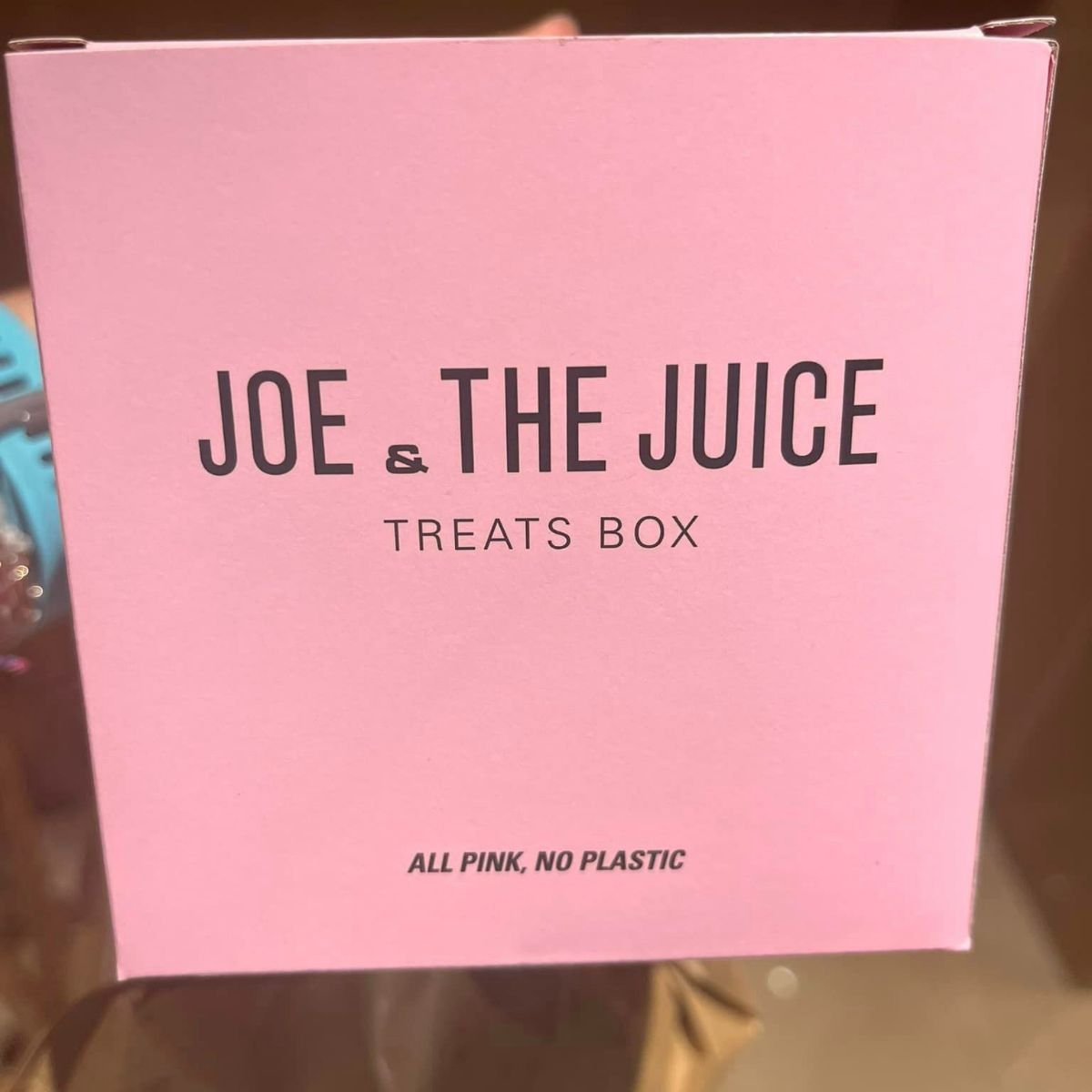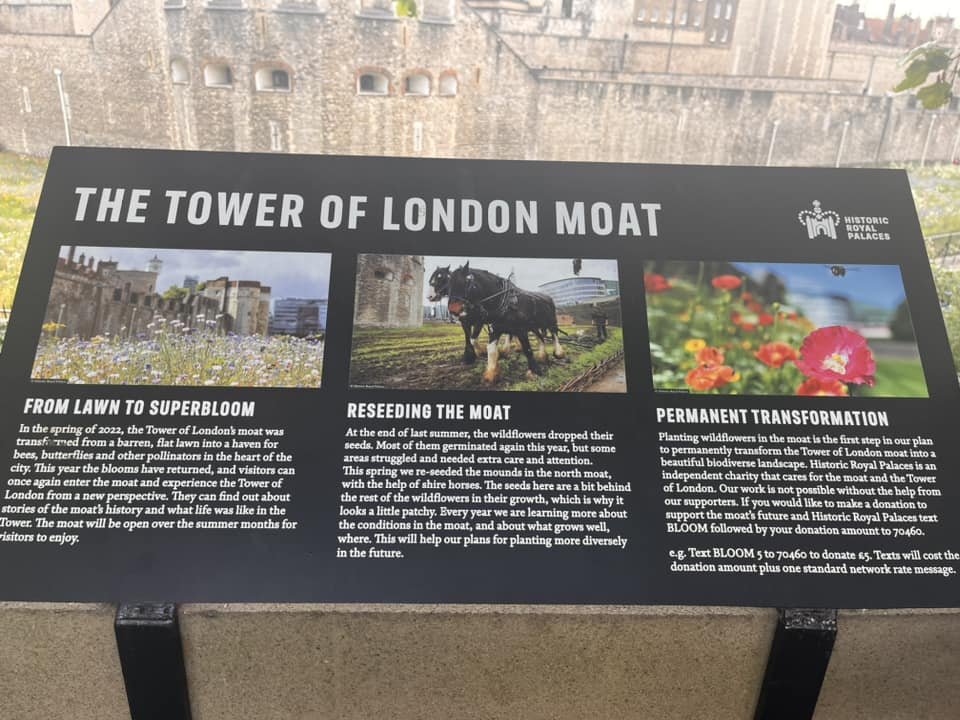Going Green in Europe!
by Jac
We are bringing back some lessons learned from our neighbors across the pond. Go Green co-founder Jac was traveling in the UK and Austria while the U.S. and Midwest were under some extreme weather and smoke warnings. This post features a few of her favorite things learned on vacation!
LEARN: Sustainability Ideas from Europe
"What did you do on your summer vacation?" While traveling in the UK and Austria, my kids were quick to point out different "green" ideas that they spotted, exclaiming, "this would be good for Go Green!" I started snapping photos, but quickly realized I would spent the entire trip behind the camera lens.
Europe has a different attitude and approach to sustainability. Most notably, there is a "European Green Deal" that has been signed by 27 EU member states. It commits to turning Europe into the first climate neutral continent by 2050. To get there, they pledged to reduce emissions by at least 55% by 2030, compared to 1990 levels. The plan outlines strategies and more importantly, actions, that cover all aspects of life including energy, transportation, agriculture, oceans, jobs and innovation, public transport, living spaces and more.
A healthy environment, with clean air and water, is not seen as a political issue in Europe. Therefore, there has been consistent, incremental progress since the 1990s. I found that there were initiatives, programs, and messaging at every corner. Sustainability is therefore a way of life and is always top of mind. Fruits and vegetables are sold without plastic. Coffee is served primarily in mugs and takeaway cups are without lids. To encourage use of public transportation, children ride for reduced rates or even free. Many homes, including ones that are hundreds of years old, now feature solar panels. Greenspaces abound and are full of flowering plants and trees, not just grass.
Some things in the U.S. may be difficult to transition - for example, we don't have the extensive rail network that exists in Europe. And on average, almost 56% of trains in Europe are powered by electricity - making them cleaner for the air and quieter as they pass through communities. Compared to the U.S., which has electrified less than 1% of our train network!
One great example of where we can have impact is to make our communities more accessible for walking and biking. In London, 31% of daily commuting is by walking. In Chicago, it is only 6%! Walking and biking, especially in the summer, are things we can do more of that help keep our air cleaner - plus it's more fun to bike and walk!
I could go on and on, but instead, I'll share some photos with inspiration for change.
ABOVE: Recycling cups at the MLB takeover event in Trafalgar Square, London. In Austria, plastic cups of beer were sold with a 2 Euro deposit that was returned when you brought the cups back to the vendor.Washing mugs at an outdoor beer garden. Plastic is the norm for outdoor drinking in the U.S., even at our own homes (think solo cups!)
Alternatives to plastic packaging. The pink box was used instead of plastic clamshells to hold croissants and muffins. The paper sack on the right is in an Austrian grocery store as an alternative to single use produce bags. There were almost no plastic bags that we saw.
Reusable glass bottles for water. Bottles are reused for beverages all the time. You can actually see lines around the bottle neck and base indicating that they have been reused. This is for water, soda, beer bottles, and more. Ice cream sold with a built in wooden spoon. And this is a U.S. brand!!
Transformation of the moat around the Tower of London to a pollinator garden! History above, and before and after pictures. The Tower of London has existed since the 1100s. Conversion of the moat took place only in 2022. It's never too late to start making changes that make a difference.
We would love to hear from you if you observe some sustainable travel ideas around the world - or even around our community! Drop us a line at gogreenglenellyn@gmail.com









